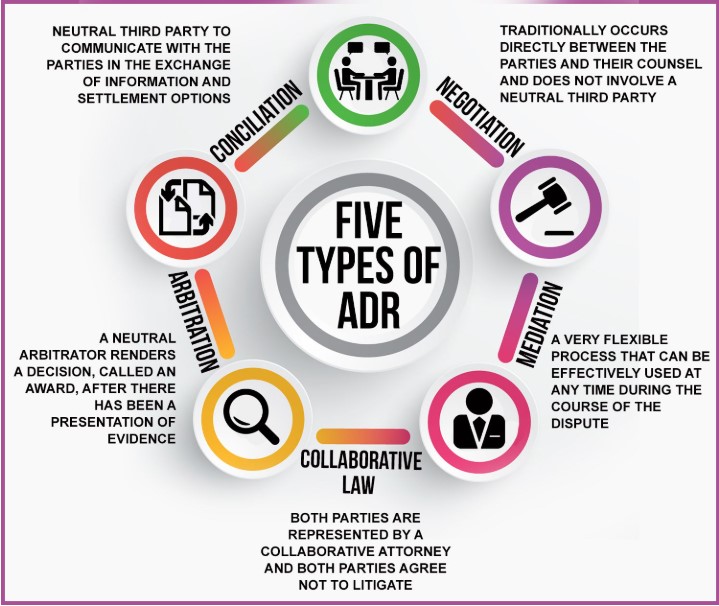7667766266
enquiry@shankarias.in
Mains: GS II – Dispute Redressal Mechanisms and Institutions
Recently the, Minister of Law and Justice reaffirmed the government’s commitment to legal reforms rooted in India’s civilisational ethos.

NJDG provides real-time data on case pendency and disposal, offering a comprehensive view of the judicial system’s performance across States and courts.
The India Justice Report ranks States based on their performance on various aspects of the justice system, including case pendency, with other factors like court infrastructure and judge availability.It is initiated and released by Tata Trusts in collaboration with various civil society organizations and data partners